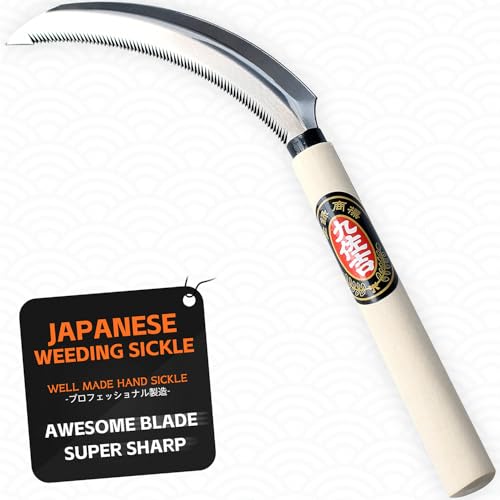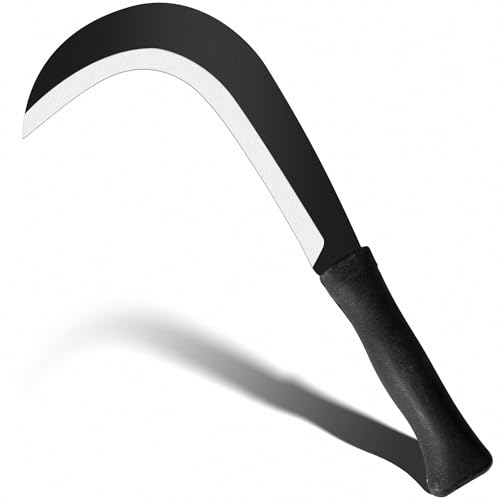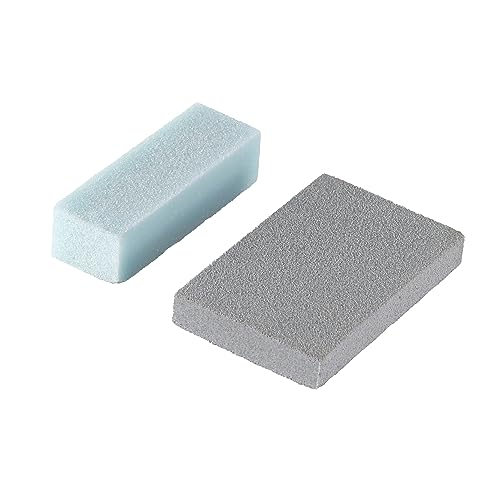I'm a professional gardener, and a pruning sickle is a game-changing tool for cutting back perennials – and I rate my favorite five stars
The right tool makes a difference, and pruning sickles can be transformative
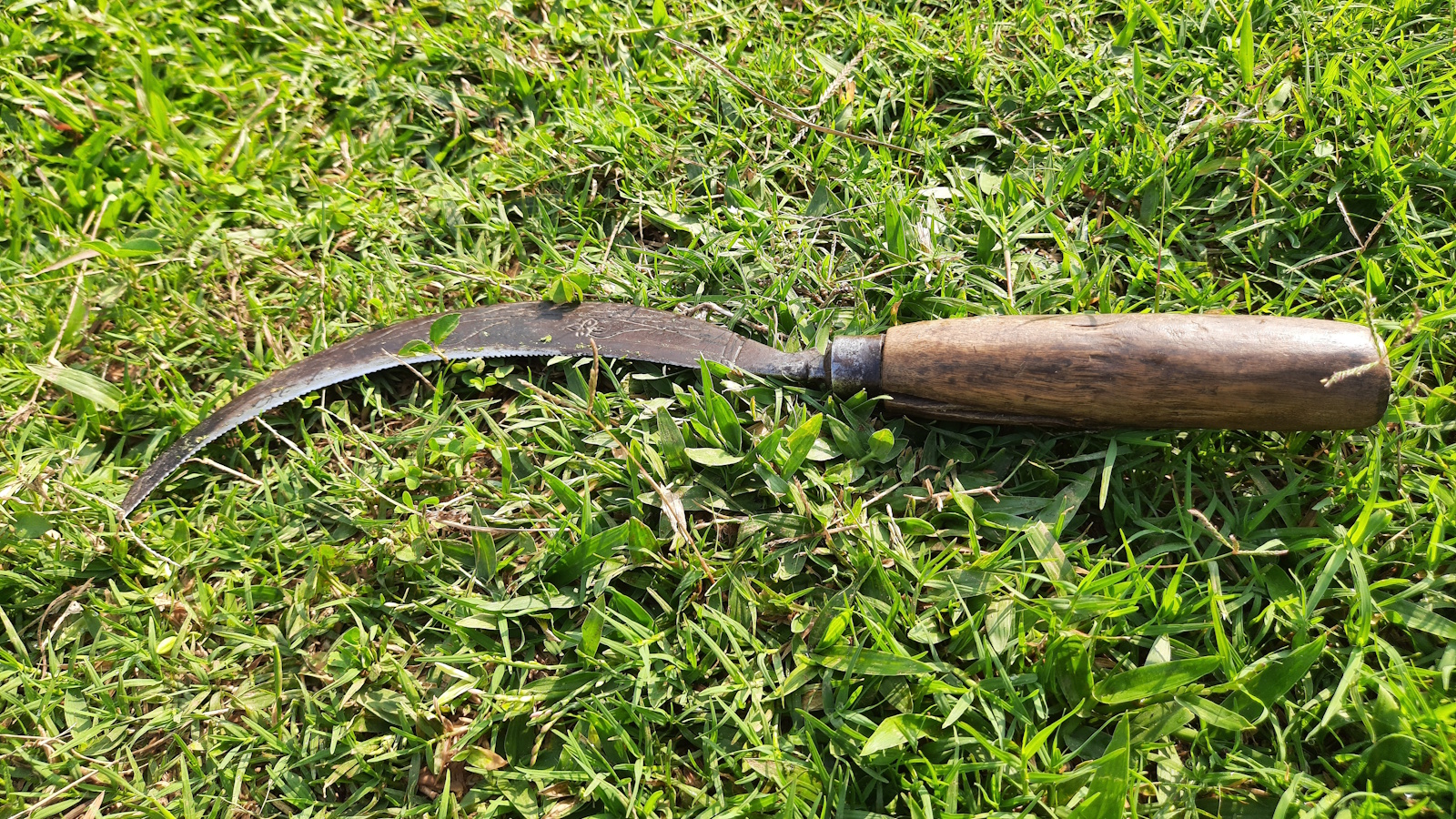

Pruning can feel like a never-ending job in the fall and winter months. If you have many clumps of perennials, such as coneflowers, black-eyed Susan and salvias, cutting back to the base of the plant before shoots emerge in spring is important. Fortunately, I have a tool that makes quick and easy work of this time-consuming gardening job.
Several years ago, when I was working at Aberglasney Gardens in Wales, the Head Gardener introduced me to pruning sickles. This traditional tool easily slices through perennial stems and, today, it is one of many gardening accessories I could not be without.
If you are keen to invest in some new essential pruning tools, or perhaps you want to find out about Japanese gardening tools, my guide to pruning sickles has all the information and deals you need to know.

What are pruning sickles?
When it comes to accessories for your gardening chores, particular tools can really make a difference. Hori hori knives, for example, can speed up weeding and bulb planting jobs, while good quality pruning sickles are indispensable when it comes to cutting back annuals and perennials.
Sickles have curved metal blades, either smooth or serrated, that can easily slice through grass, foliage and stems. Pruning sickles have been a traditional tool in fields and gardens for centuries, and when you use one, it is easy to see why.
Shop pruning sickles
How to use pruning sickles

In one hand, hold the plant material you intend to cut, while in the other swing the pruning sickle to slice through the stems and foliage. If you have a serrated blade, use more of a hacking motion, allowing the teeth of the blade to cut through. Work carefully as you guide the sickle, pulling the blade towards yourself as you prune.
The trick is to limit the amount you are cutting. In my experience, it is far easier to slice through smaller amounts of vegetation as opposed to struggling to cut through a large quantity of stems.
Design expertise in your inbox – from inspiring decorating ideas and beautiful celebrity homes to practical gardening advice and shopping round-ups.
Pruning sickles are available from Amazon and make for great gifts for gardening friends.
How to maintain pruning sickles
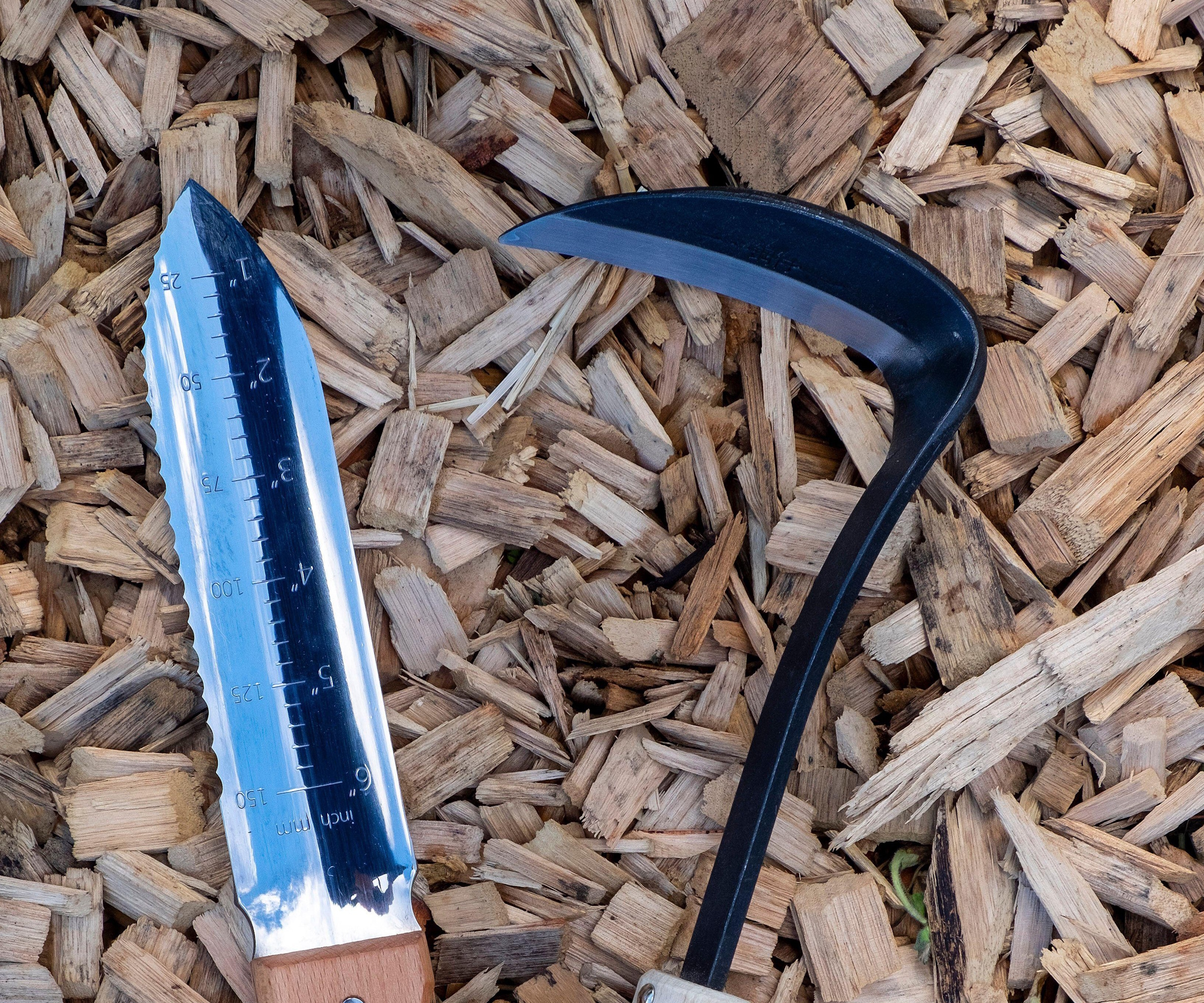
Like any tool, pruning sickles need regular maintenance to ensure the best performance. What's more, proper care will prolong the life of your tools, meaning that you do not have to keep buying new accessories every year.
Perhaps the most important part of pruning sickle maintenance is sharpening the blade. Frequent use and exposure to various stems and branches can quickly dull the blade, making it less effective at cutting.
First, you should always clean garden tools, removing dirt and debris with a warm solution, using something like this tool cleaner, available from Amazon. Then, once your blade is clean, use a sharpening stone, available from Amazon, which will easily sharpen your pruning tool.
During fall, when cutting back is a constant job, you might have to clean your pruning sickle several times. While this can seem like a chore, it is an important one that will make the job so much easier.
Pruning sickle accessories

With a thick, comfortable cushion pad, this garden kneeler set will help alleviate back and knee pain when pruning and weeding in the yard.
FAQs
Which is better, a serrated or smooth pruning sickle?
Both serrated and smooth pruning sickles are effective. However, serrated blades are better suited for cutting through tough stems, such as ornamental grasses and established perennials, while smooth blades are ideal for harvesting herbs and cutting back thin stems like annual flowers. Having both in your tool shed would be no bad thing.
Pruning sickles are effective gardening tools but be warned, they are incredibly sharp and can do serious damage. Always keep your tool shed locked and keep garden equipment out of the reach of children.
For more garden ideas or gardening inspiration, see our guide on potting shed organizer deals, to keep your storage areas and tools tidy and well-maintained.

Thomas is a Content Editor within the Gardens Team at Homes and Gardens. He has worked as a professional gardener for both public spaces and private estates, specializing in productive gardening, growing food and flowers. Trained in Horticulture at the Garden Museum, he has written on gardening and garden history for various publications, including The English Garden, Gardens Illustrated, Hortus, The London Gardener and Bloom. He has co-authored a Lonely Planet travel book, The Tree Atlas, due out in 2024.
